Earthquakes have shaped the planet’s geography and influenced human history in profound ways. Among these natural events, one stands supreme in terms of magnitude and impact. The Great Chilean Earthquake of 1960 stands as a monumental reminder of the Earth’s potent forces. As the largest earthquake ever recorded, it not only reshaped the coastal landscapes of Chile but also sent ripples of change across the globe.
Understanding Earthquakes: A Brief Overview
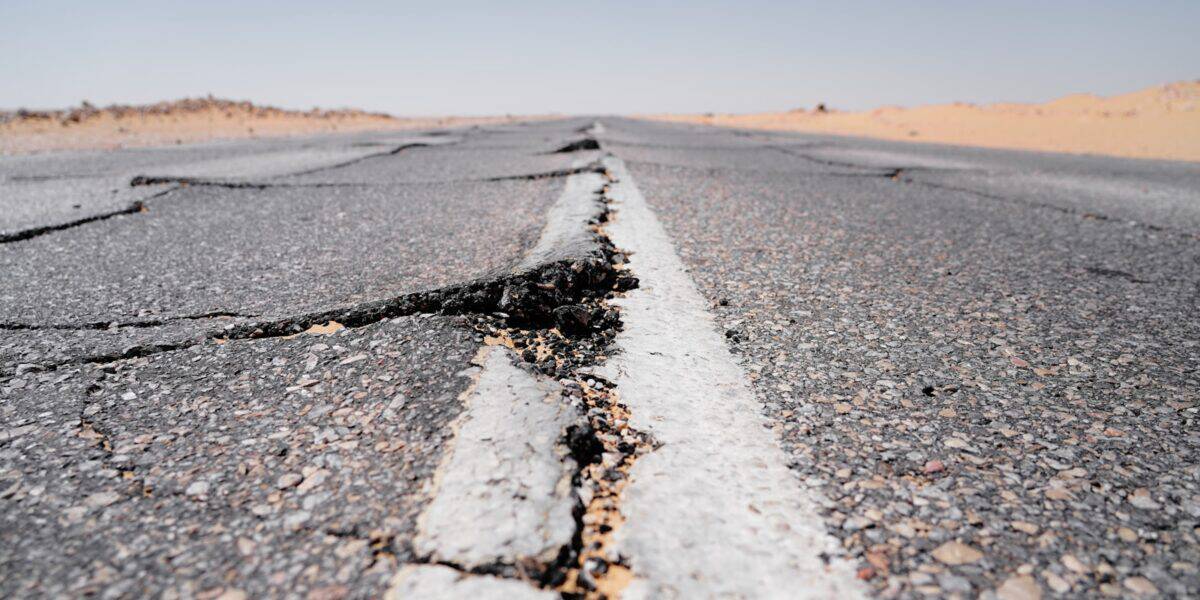
Earthquakes occur due to the sudden release of energy in the Earth’s crust, resulting in seismic waves. These natural events are primarily caused by tectonic shifts at fault lines. The strength of an earthquake is measured using the Richter scale, where each increase in number denotes a tenfold increase in amplitude.
The Great Chilean Earthquake: An Overview
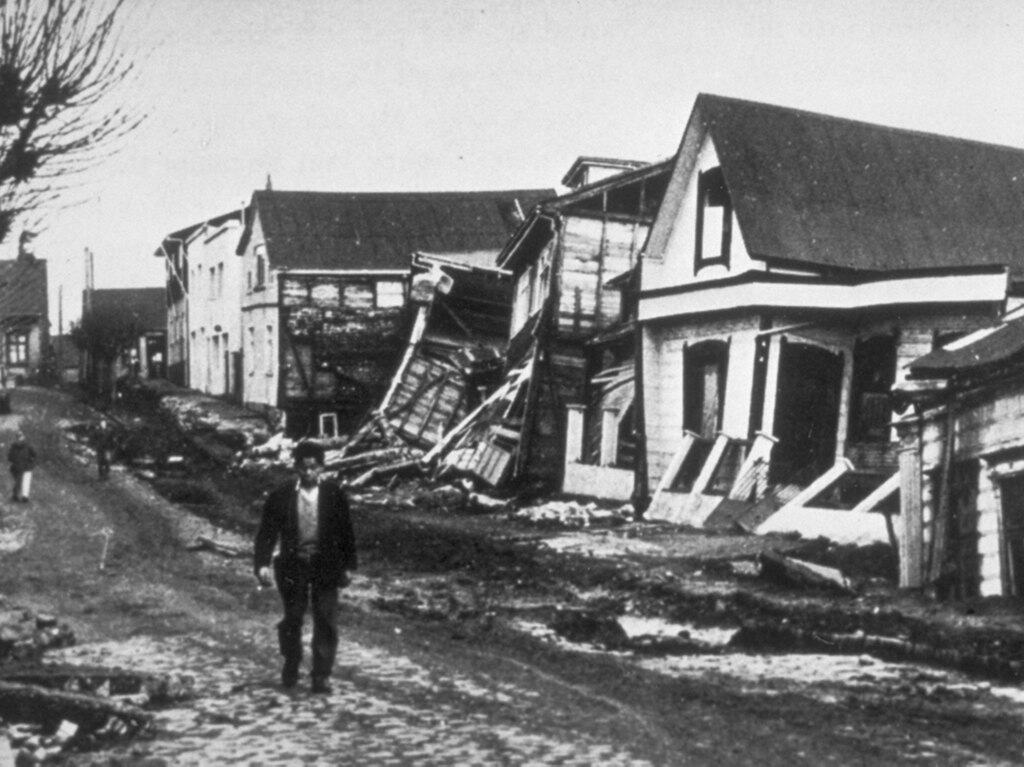
On May 22, 1960, the southern region of Chile experienced a catastrophic event. Known as the Valdivia Earthquake, this seismic monster registered a staggering magnitude of 9.5 on the Richter scale, making it the most powerful earthquake ever recorded. The tremors lasted for about 10 minutes, leaving an unforgettable mark on both local and international scales.
The Devastating Impact on Chile
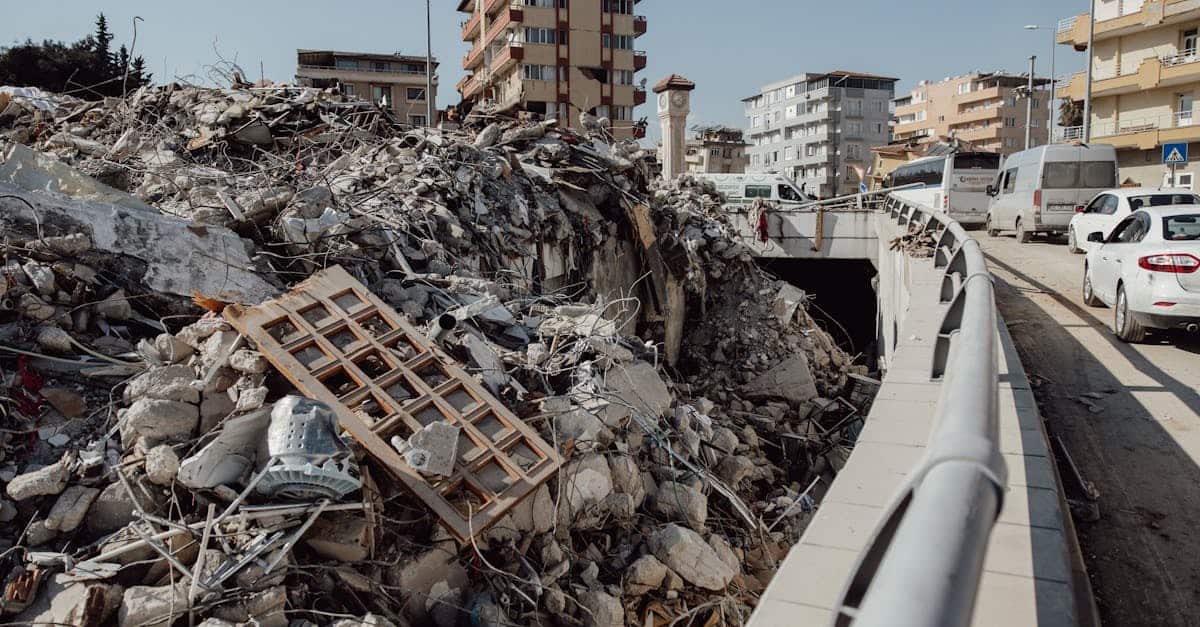
The earthquake caused extensive destruction across southern Chile. Cities like Valdivia were severely affected, with thousands of buildings either damaged or destroyed. Infrastructure collapsed, leading to disrupted communication and transportation. In addition to the structural damage, the earthquake triggered landslides and widespread flooding.
A Tsunami of Global Proportions

The earthquake generated massive tsunami waves that traveled across the Pacific Ocean. Waves reaching up to 25 meters slammed into the Chilean coast before traveling as far as Hawaii, Japan, and the Philippines. In some coastal communities, such as Hilo in Hawaii, the tsunami caused significant casualties and substantial damage.
The Human Toll
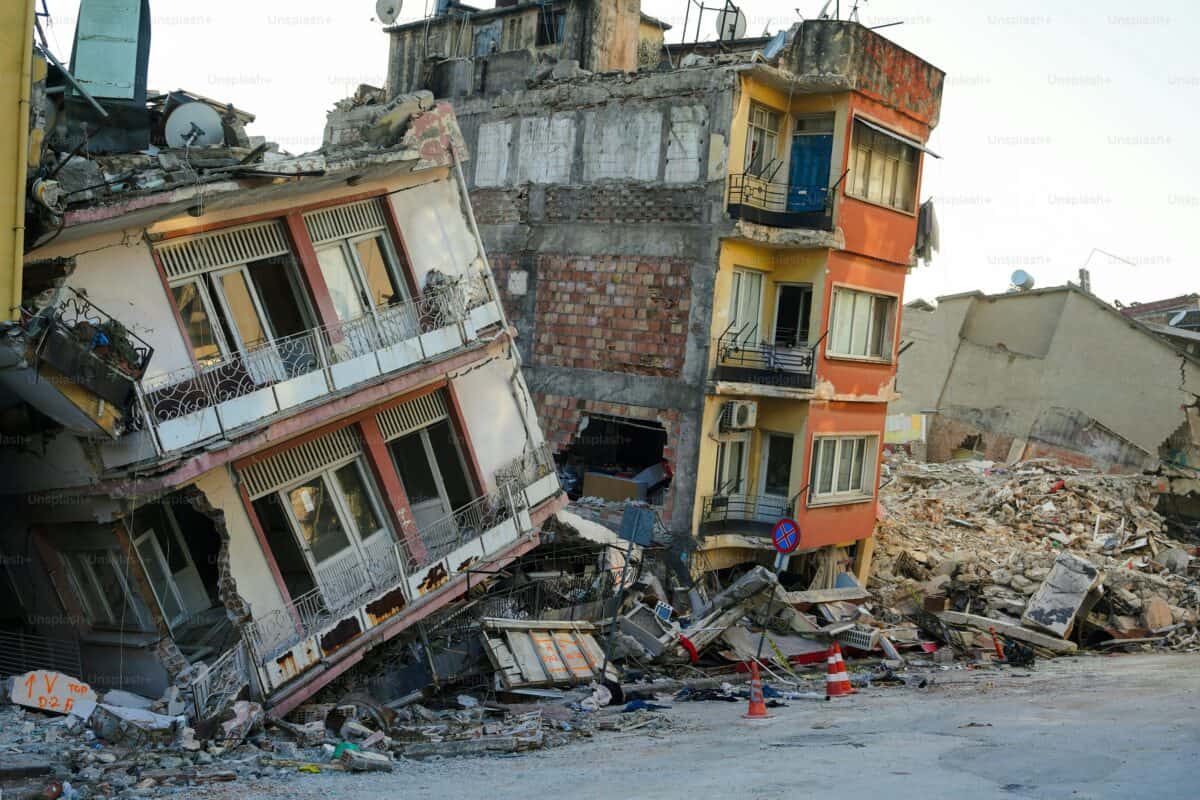
Tragically, the earthquake and resultant tsunami claimed an estimated 1,000 to 6,000 lives. Tens of thousands were left homeless, exacerbating the challenge of recovery. The disaster highlighted the vulnerability of communities and underscored the need for improved disaster preparedness and response mechanisms.
Economic Consequences

The economic repercussions of the Great Chilean Earthquake were enormous. The total damage was estimated to be over $500 million, a staggering figure for a developing country at the time. Industries, agriculture, and economic infrastructure faced severe losses, which significantly hampered Chile’s economy for decades.
A Catalyst for Change: Improved Seismic Research

The magnitude of the 1960 earthquake spurred scientific research into seismology. It emphasized the need for better understanding and prediction of such natural events. Scientists have since developed more advanced seismic technologies and early warning systems, aiming to mitigate future risks.
Global Impact on Coastal Planning

Coastal regions worldwide took note of the catastrophic effects of tsunamis generated by such powerful earthquakes. This led to significant changes in coastal planning and development. Countries vulnerable to tsunamis began implementing stringent building codes and improved evacuation plans to protect communities.
Advancements in Earthquake Preparedness

The disaster catalyzed a global movement toward enhancing earthquake preparedness. It propelled advances in engineering practices, leading to the development of earthquake-resistant structures. Education and awareness programs grew, focusing on teaching people how to respond during such emergencies.
Long-term Environmental Changes

In addition to immediate destruction, the earthquake caused long-term environmental changes. It altered the landscapes of the affected regions, raising portions of the coastal land while submerging others. These changes had a lasting impact on local ecosystems and agriculture.
The Role of International Aid
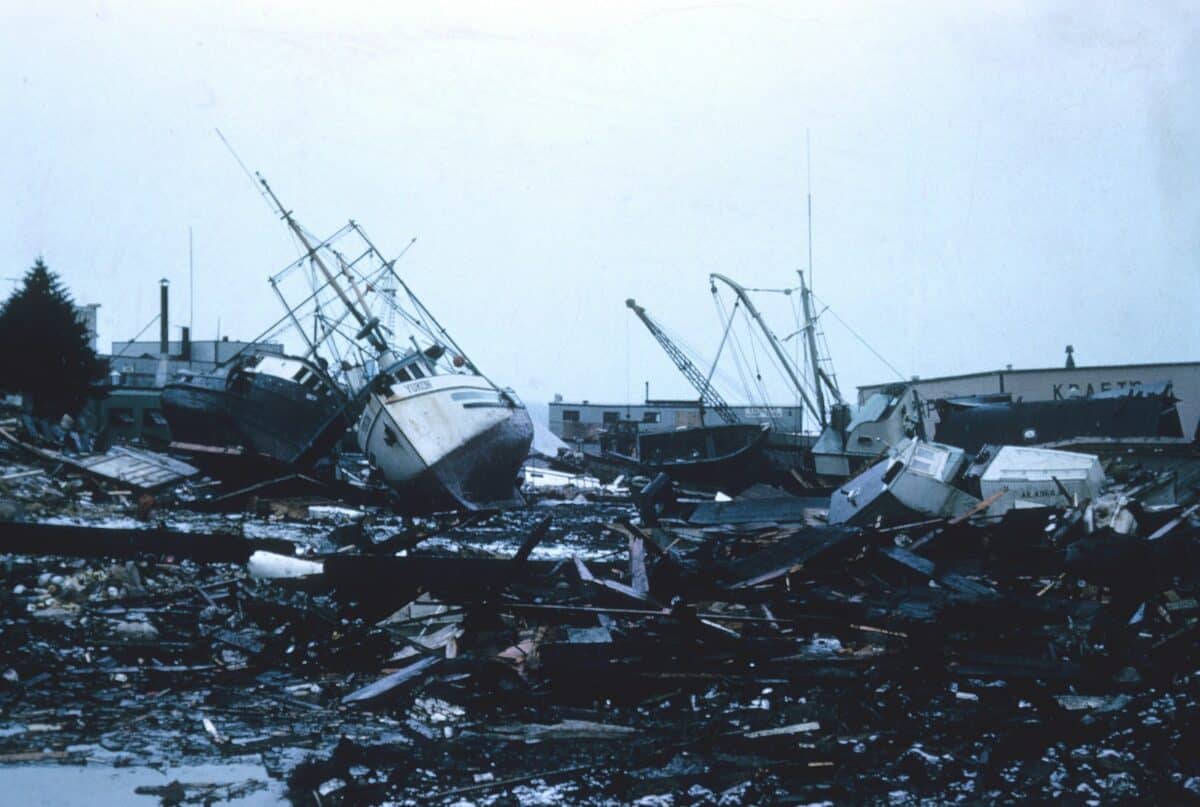
Following the disaster, Chile received support from around the globe. International aid played a crucial role in recovery efforts, providing necessary resources and expertise to rebuild affected areas. This collaborative effort highlighted the importance of global solidarity in addressing natural disasters.
Reflecting on Resilience and Recovery

The aftermath of the Great Chilean Earthquake demonstrated human resilience in the face of disaster. Communities came together to rebuild and recover, showcasing determination and unity. The earthquake remains a testament to both the planet’s formidable power and humanity’s enduring spirit.
A Pervasive Legacy

The Great Chilean Earthquake of 1960 left an indelible mark on history. It reshaped the physical and human landscape of Chile and had far-reaching effects on global seismic policies and scientific research. As we continue to learn from past events, this monumental earthquake reminds us of the need for preparedness and the strength of human resilience.
- Circadian Rhythms: The Biological Clocks of Animals - August 14, 2025
- 11 States Where Dog Adoption Rates Are the Highest—And Why - August 14, 2025
- The Most Gorgeous Horse Breeds Galloping Across California Ranches - August 14, 2025

